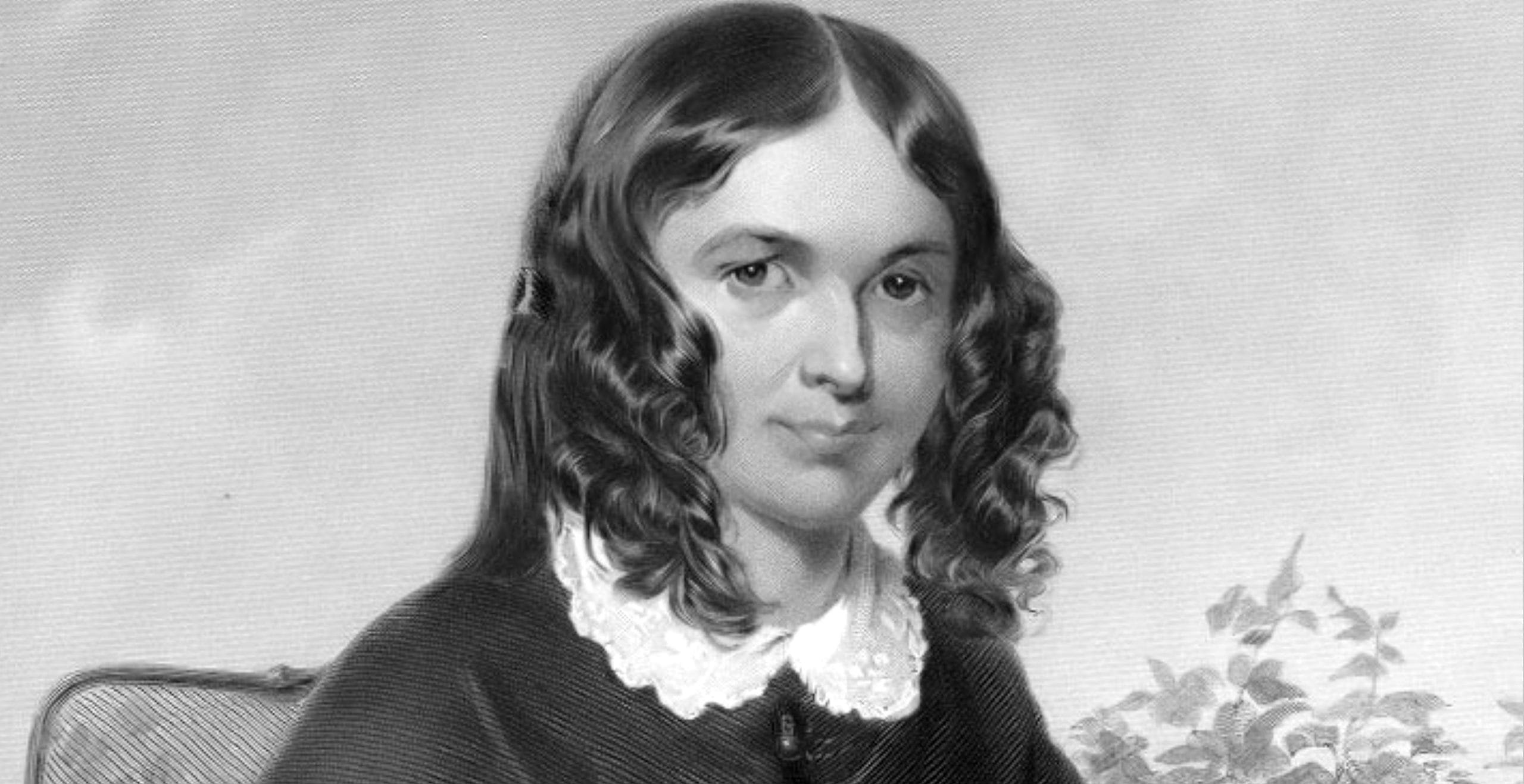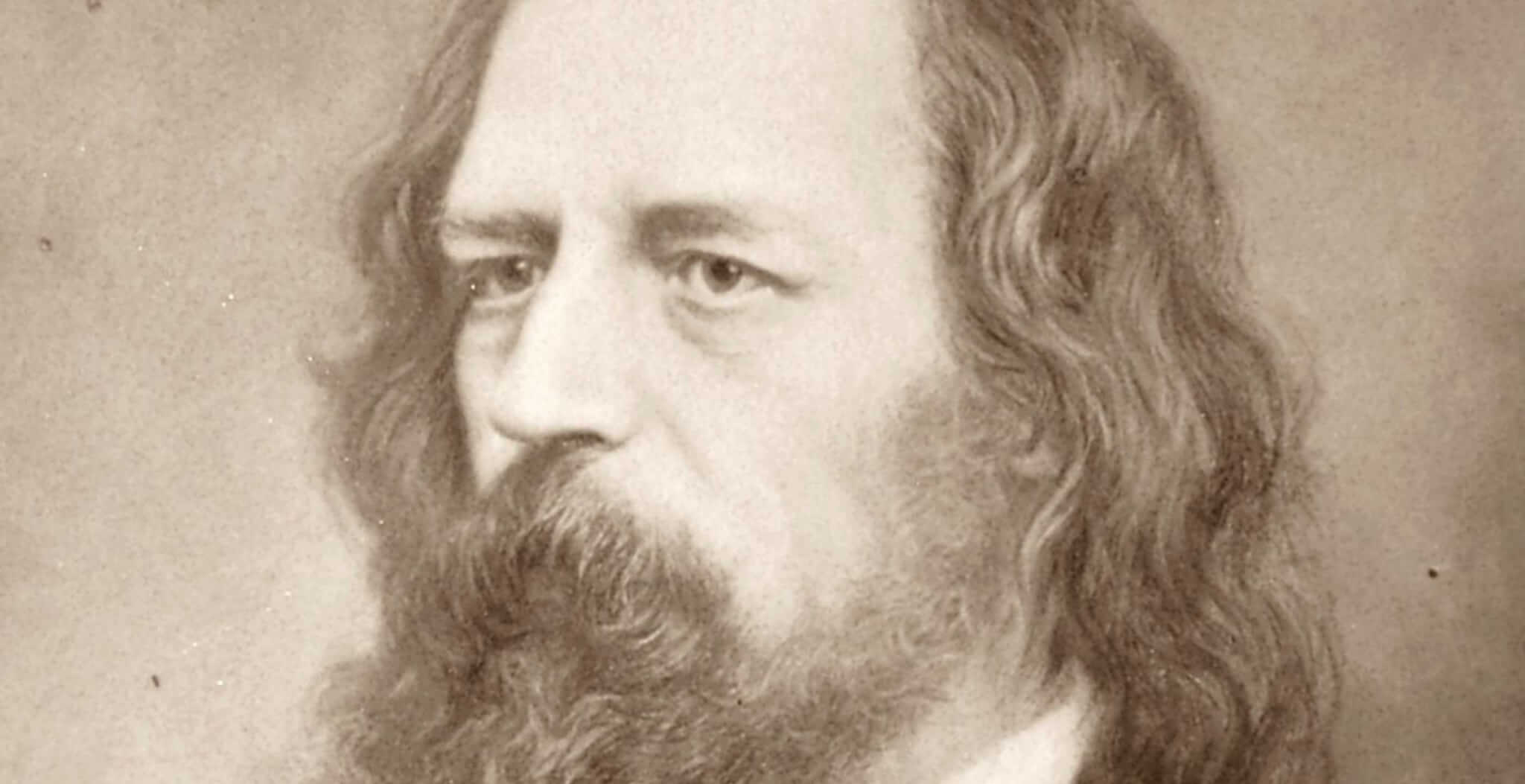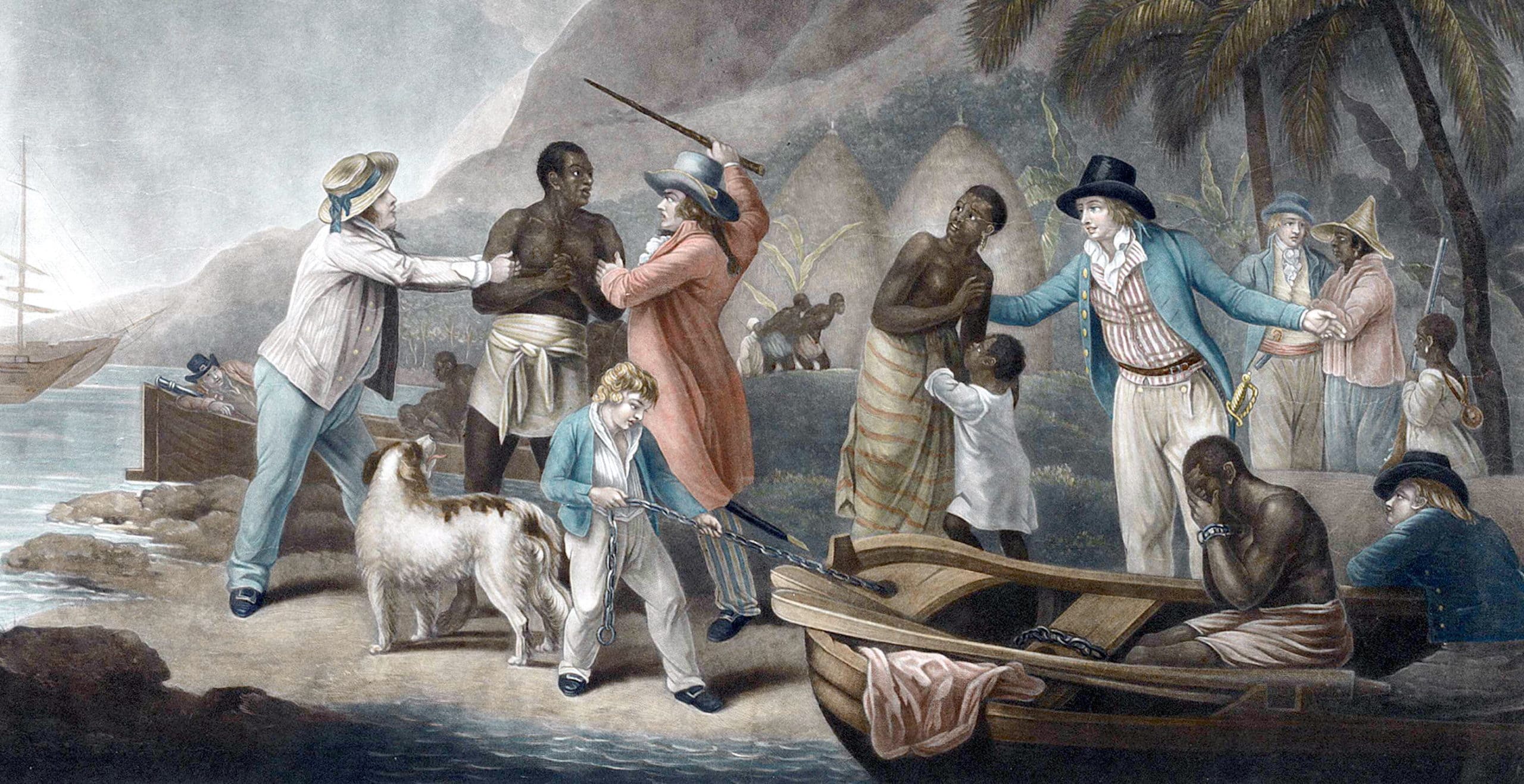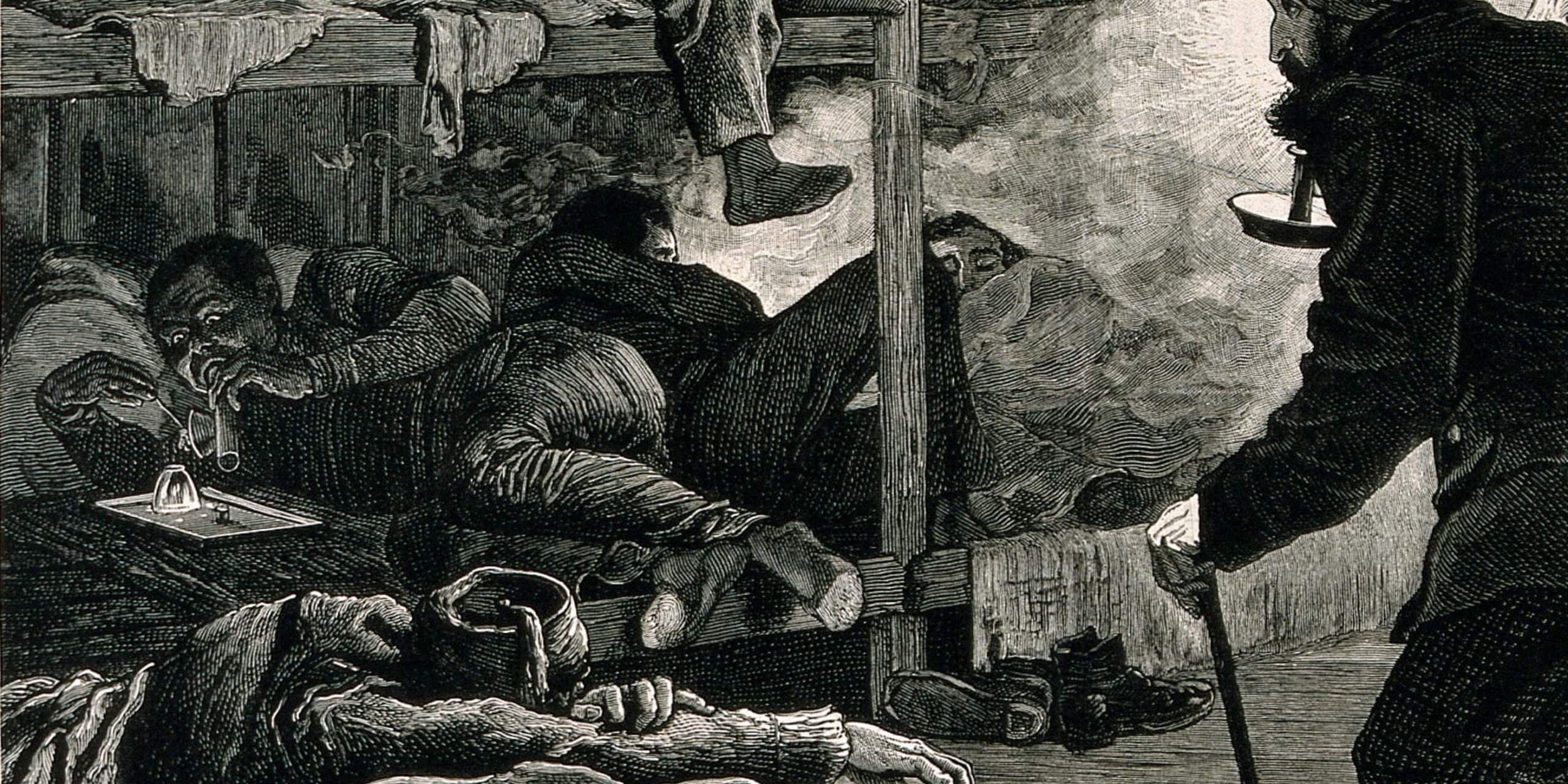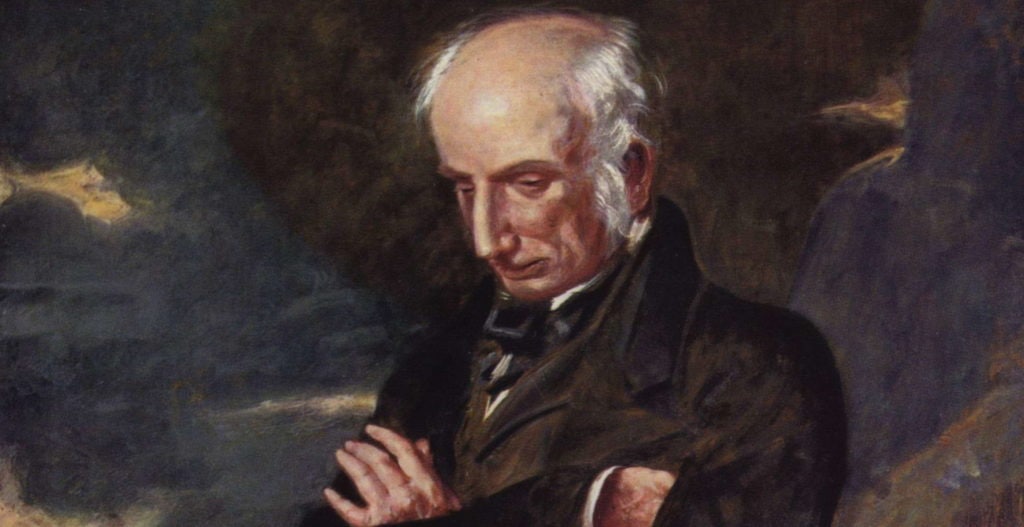Elizabeth Barrett Browning was a celebrated Victorian poet, famous not only for her love sonnets to her husband but her use of poetry to address social issues of the day.
Her early life began in the northeast of England in County Durham where she was born on 6th March 1806, the eldest of twelve children.
Elizabeth would benefit from a very comfortable and happy childhood as a result of her family’s immense wealth. This fortune had been accumulated, on both sides of the family, from plantation ownership in Jamaica. Her grandfather had ownership of several plantations in the British West Indies as well as mills, glassworks and ships which travelled between Newcastle and Jamaica.
With her father choosing to keep his family in England, whilst maintaining his business interests in Jamaica, by 1809 he could afford a vast 500 acre estate in Ledbury, Hertfordshire. He moved his wife and twelve children into a beautiful mansion which he designed himself in an Ottoman style with the most opulent interiors making use of the finest materials.
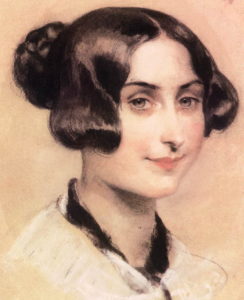
Elizabeth grew up in an affluent setting and received a good education from home. She was tutored alongside her brother and would prove to be very advanced for her age. By the age of ten, she had begun to study Greek and the following year even composed her own Homeric inspired work entitled, “The Battle of Marathon: A Poem”.
Elizabeth proved herself to be most content when she had her nose in a book and her writing would continue to become a creative outlet which later transformed into a successful career.
By the time she was fourteen, she had her epic privately published with copies handed out to members of the family. Meanwhile her mother, who was impressed by Elizabeth’s literary prowess, put together a compilation of all of Elizabeth’s poems, whilst her father, showing how much pride he had in his daughter’s natural talent, referred to her as the “Poet Laureate of Hope End”.
Sadly, tragedy struck just a year later in 1821 when she developed an agonising spinal disease at the age of fifteen, leaving her with a lifetime of pain.
After experiencing severe symptoms of head and spinal pain as well as some loss of mobility she was sent to a Gloucester spa for treatment. However, long-term she would be forced to resort to taking laudanum and morphine, leading to a life-long dependence on strong medication and a permanently weakened body as a result.
At this time in her life she again found solace in literature, becoming particularly inspired by Mary Wollstonecraft’s feminist discourse entitled “A Vindication of the Rights of Women”. Elizabeth would in time develop strong ideas on a variety of social issues including the origin of her family’s own wealth, the slave trade.
By 1826, she had a collection published entitled, “An Essay on Mind and Other Poems” however her literary potential would take a backseat to more personal issues and heartbreak which unravelled in the following years.
Eight years after battling her own health problems, Elizabeth’s mother passed away and the care of Elizabeth and her young siblings fell to her aunt with whom Elizabeth maintained a bellicose relationship.
This chapter in Elizabeth’s life was dominated by her father’s financial issues which resulted from a combination of factors such as poor investments, debts, lawsuits as well as the impact of the growing movement to abolish the slave trade.
As the threat to the family’s financial security loomed ominously over her father, he was forced to take the decision to sell their home at Ledbury.
Elizabeth meanwhile continued to throw herself into her writing and in 1838 had another work published, “The Seraphim and Other Poems”.
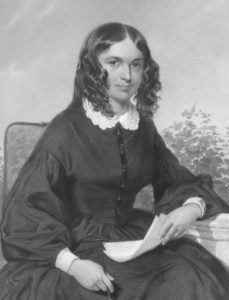
For the next two years, the family lived at Belle Vue in Sidmouth, Devon whilst her father’s fiscal mismanagement was handled.
Later, the family moved again, this time to live and work in London at Wimpole Street. It was whilst living in the capital that Elizabeth first began to move in literary circles, meeting some of the greats such as Tennyson and Wordsworth.
Unfortunately, before too long, Elizabeth found herself suffering from poor health once more, this time relating to her lungs and a suspected tuberculous ulceration. It was advised that she would fare much better if she lived in an area with fresher air and so she and her brother moved to the Devonshire coast and settled in Torquay.
The stay in Torquay however would prove brief and melancholy, as her increasingly frail health was dealt another blow when her brother died in a sailing accident. Moreover not long afterwards, she discovered that another one of her brothers had died from a fever whilst out in Jamaica. She would in time return to London, emotionally and physically drained, turning to poetry as a means of escape.
It was during the 1840s that Elizabeth truly began to hone her craft and her literary career blossomed as a result. In a short period of time she tirelessly produced an extensive collection of poetry as well as some prose and translations.
In 1842 her condemnation of the use of child labour was expressed in her poem entitled, “The Cry of the Children”. The impact was said to have influenced Lord Shaftesbury’s Ten Hours Bill reform a few years later. This would be the first of many poems which grappled with some of the social injustices of her day.
Such dedication to her craft soon gained her more of a public following and increased recognition from fellow writers, even going so far as to make her a candidate in the running for Poet Laureate when Wordsworth passed away.
In 1844 the publication of her volume entitled “Poems”, part of a two volume collection, proved very successful, not only attracting praise from the general public but also the great admiration of a writer called Robert Browning.
Within this volume were a variety of poems in which Elizabeth begins to embrace stronger feminist narratives and protagonists.
Her volume of poems were well-liked and observed by her contemporaries and led the playwright Robert Browning to write a correspondence to Barrett in which he expressed his appreciation.
This correspondence, effusive with praise, would be the first of many as they struck up a rapport and exchanged almost 600 letters in a two year period. Through these private literary exchanges they began to fall in love and by 1846 Elizabeth and Robert were planning to elope, much to the dismay of her disapproving father who in the end would never speak to Elizabeth again.
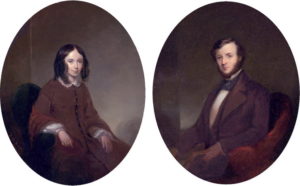
Whilst her father disapproved of the union and subsequently disinherited her, Elizabeth’s love for Robert was overwhelming and with a personal fortune of her own, she was able to exercise her independence and elope. The married couple would later settle in Florence where her health began to improve and she would remain for the rest of her life. Four years later they had a son named Robert who was affectionately referred to as Pen.
Now living in Italy, Elizabeth’s interests grew as did her creative output. She was by now an established and respected poet, unafraid to embrace stronger dialogues and messages through her work. Already having expressed her dismay at the origin of her family’s wealth, describing her ancestor’s involvement in the slave trade as a “curse”, her poem entitled “A Curse for a Nation”, although not specifically mentioning America, is a critique on the practice of slavery there. In 1856, it was first published by “The Independent” which was an abolitionist periodical based in Boston.
Elizabeth’s voice grew stronger in her work as she refused to shy away from topics of contention and would place these social and political issues at the heart of her literature.
One such example includes her publication of 1851 entitled, “Casa Guidi Windows” in which she advocates Italian reunification. Moreover, one of her most famous works, “Aurora Leigh”, explores rights for women through her strong narrative and female protagonist.
Away from the more political and moral dilemmas which affected Elizabeth’s work at the time, arguably one of her most famous publications came in 1850 with her staggering collection of 44 love sonnets entitled, “Sonnets from the Portuguese”.
Elizabeth, initially fearful of publishing poems with such personal meaning, had been encouraged by her husband to do so, as he firmly believed them to be the greatest sequence of sonnets since Shakespeare.
Neither of them could have anticipated the enduring popularity of these poems which have since garnered critical acclaim and continue to be quoted today.
Arguably one of the most famous poems is Sonnet 43 and a line which has stood the test of time: “How do I love thee? Let me count the ways”.
Elizabeth’s release of “Sonnets from the Portuguese” had firmly entrenched her status as one of the literary greats of her time.
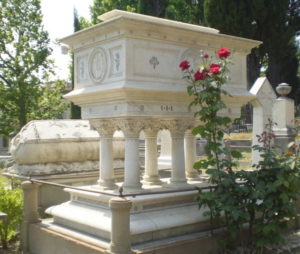 Elizabeth Barrett Browning’s Tomb
Elizabeth Barrett Browning’s Tomb
Sadly, her career would be cut short as a lifetime of ill-health got the better of her and on 29th June 1861 she passed away in Florence at the age of fifty-five.
She had in this time produced an extensive body of literature which helped to define a generation of poets as well as raise the status of the female discourse, inspiring not only her contemporaries but the general public far and wide who embraced her literature and would continue to do so for years to come.
Jessica Brain is a freelance writer specialising in history. Based in Kent and a lover of all things historical.
Published: 24th October 2021
